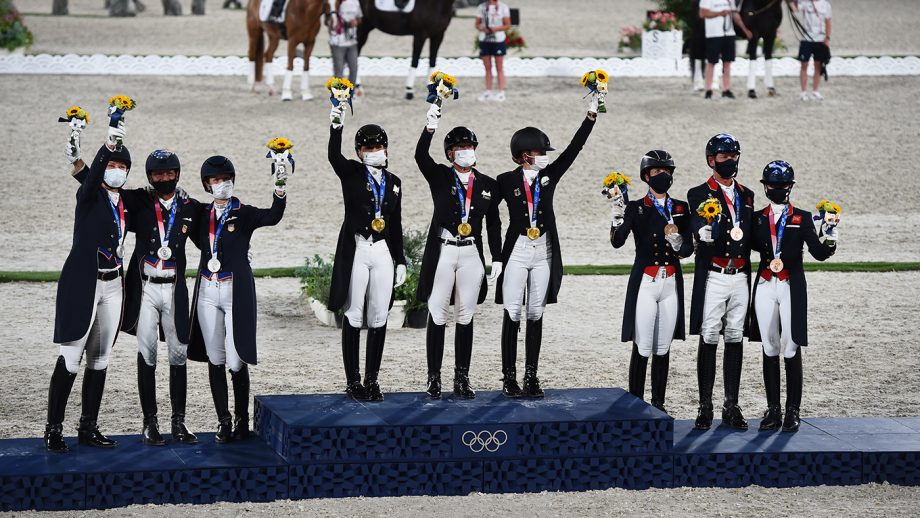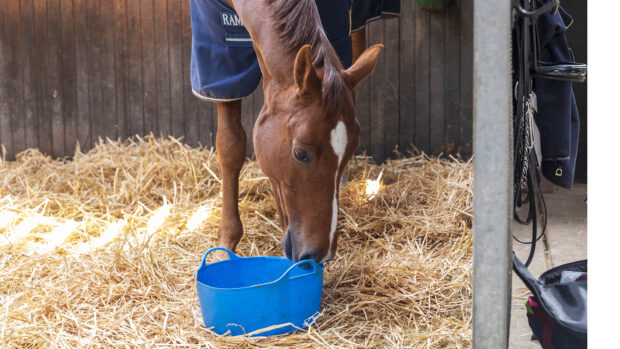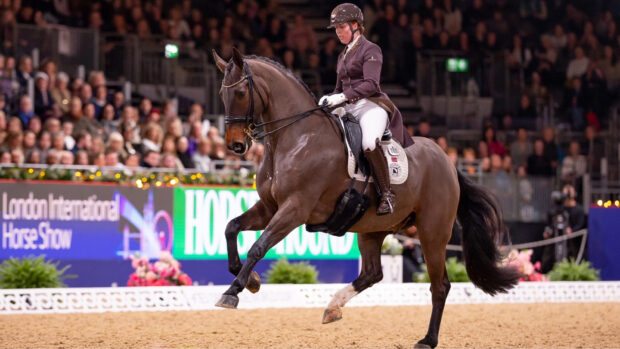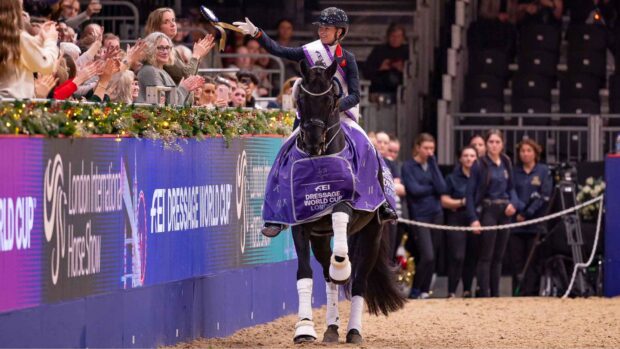Horse & Hound’s Olympic reporter and magazine editor reflects on the formats used in all equestrian sports in Tokyo
MANY of our fears about the three-to-a-team, all-to-count Olympic eventing format in Tokyo proved unfounded.
Although there was some average riding from less-experienced competitors, it didn’t seem like the extra pressure to complete the cross-country was causing them to push harder than in the past – there are never many retirements at championships. Withdrawals and trot-up eliminations after cross-country felt at a normal level and we didn’t see many visibly unlevel horses presented for the trot-up.
I was concerned mediocrity would be rewarded, with a team who managed three completions on poor scores on the podium. But the medal-winning nations all had three jumping clears across country.
The confusing substitution rules only came into play for teams down the leaderboard, so those following the business end could ignore them.
I don’t think we can complacently assume a competition under these rules will always work so well. In particular, the skill of course-designer Derek di Grazia in pitching the cross-country at the right level was a key part of the success.
Jumping problems
The sharpest format criticism came in the pure showjumping, which was grappling with three big changes – three to a team, the individual running before the team and the clean slate start every day.
The pressure to finish led to some worrying sights, notably when Shane Sweetnam had to continue his round despite Alejandro losing confidence. In any other situation he’d have retired before the inevitable fall.
The format seemed to work in the dressage, where the definition of disaster is generally no more dramatic than a missed flying change!
On the plus side, no drop scores did make all three sports easier to follow, and the third riders running in reverse order of merit on team standings to that point in the dressage and showjumping finals was exciting.
I would prefer to see cumulative scores across two days used for the dressage and showjumping team competitions, rather than a clean slate for the final as in Tokyo. I like to see consistency rewarded and we’re dealing with the unpredictability of a live animal. That said, clean slate is easier to follow.
Is no drop score unfair?
ULTIMATELY, is three-to-a-team, all-to-count unfair? This is the pinnacle of elite sport and I have no problem with the pressure on the riders – they signed up for it! There is no drop score in an athletics’ relay team.
Where horse sport is different is that we have a partner who has not explicitly said they want to take part – although those horses who don’t want to are unlikely to reach the Olympics. But horse welfare must be paramount.
When the new formats were set, it was clear that if the number of flags was to be increased within a limit of 200 combinations, teams had to become smaller. That maths hasn’t changed.
But it was sad to see so many excellent combinations in alternate positions or at home – there were potential individual medallists in the British eventing reserves. In the eventing line-up there were perhaps 15 genuine individual medal contenders and 50 who were never going to be in contention, which feels out of proportion.
I accept that the FEI is driven by International Olympic Committee (IOC) requirements and I appreciate how important it is that equestrianism remains in the Games. But I’d be curious to know whether the IOC might accept four in a team, with no travelling reserves. The stabling space and cost for those fourth horses is already factored in. It would mean longer or more sport sessions, which may be a downside for the IOC.
I like Graham Fletcher’s idea of teams running four on day one and three on day two (opinion, 12 August). It could be applied to dressage, too, possibly letting us combine the best of both formats.
If we must stick to three, I wonder about giving a score of 25 for a retirement or elimination in the pure showjumping. It would take those teams out of contention, but give riders the option to pull up if things were going horribly wrong.
- This exclusive column will also be available to read in Horse & Hound magazine, on sale Thursday 26 August
You might also be interested in:

‘With this new format everything counts’: shock exit for Ireland in Olympic team showjumping

New three-rider format causes ‘carnage’ in Olympic showjumping, say riders

Nick Skelton on Tokyo 2020: ‘The new showjumping format was a disaster’

H&H Olympic reporter’s blog: ‘Under the old format, Britain would have won dressage silver’

Adam Cromarty: ‘The new Olympic format is detrimental to our sport’

Subscribe to Horse & Hound magazine today – and enjoy unlimited website access all year round
Horse & Hound magazine, out every Thursday, is packed with all the latest news and reports, as well as interviews, specials, nostalgia, vet and training advice. Find how you can enjoy the magazine delivered to your door every week, plus options to upgrade your subscription to access our online service that brings you breaking news and reports as well as other benefits.




